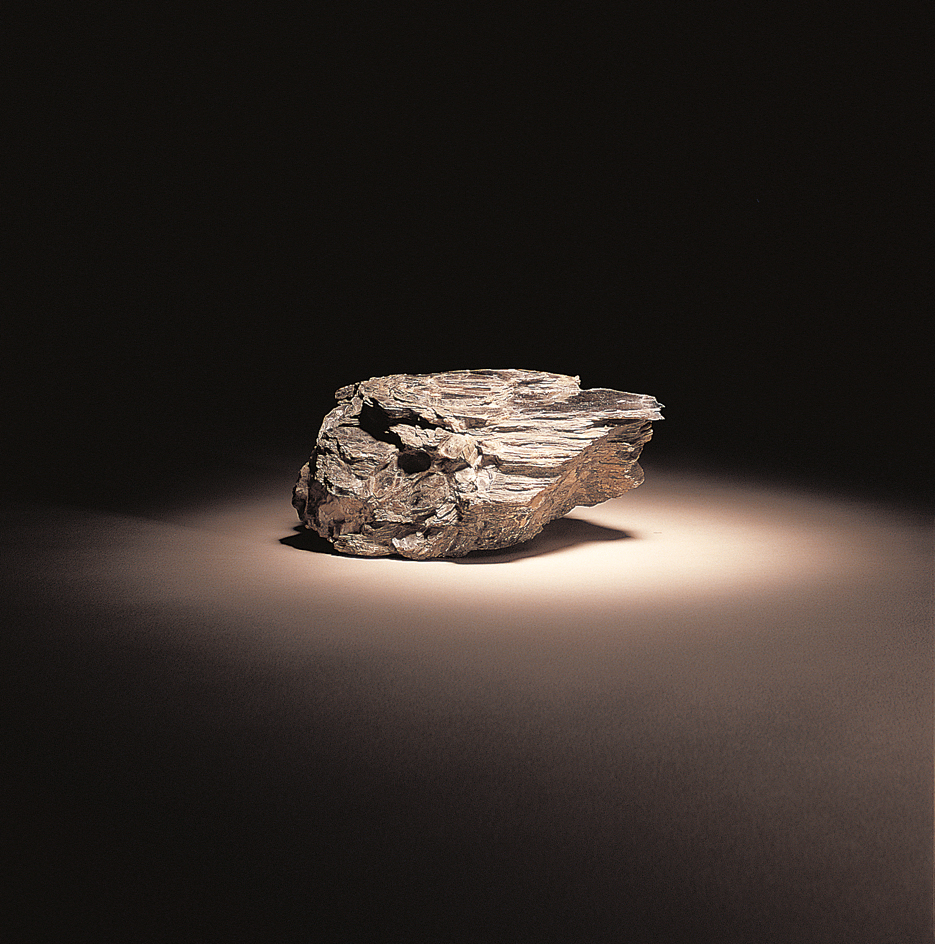Mica << MY kuh >> is the name of a group of minerals that contain atoms of aluminum, oxygen, and silicon bonded together into flat sheets. Mica has perfect cleavage—that is, it splits cleanly into thin sheets or layers. These sheets of mica are tough, flexible, and elastic. Mica may be colorless, black, brown, green, or violet.
The chief kinds of mica, in order of abundance, are (1) muscovite, (2) biotite, (3) phlogopite, and (4) lepidolite. They differ according to the atoms of various substances that occur in layers between the aluminum-oxygen-silicon sheets and hold the sheets together.
Muscovite contains aluminum and potassium. It is usually colorless but may be pale green. Muscovite got its name because Russians, or “Muscovites,” once used it as window glass. Biotite contains iron, magnesium, and potassium and is black. Phlogopite has magnesium and potassium and is pale brown or colorless. Lepidolite contains aluminum and lithium and is pale violet.

Mica is produced in the form of large sheets or in small pieces called scrap mica or flake mica. India is the leading producer of sheet mica, followed by Brazil and Madagascar. Sheet mica is used in a variety of electrical and electronic products.
Scrap mica is important in many industries. The United States is the largest producer of scrap mica. Most U.S. mica comes from North Carolina, followed by New Mexico and South Dakota.
